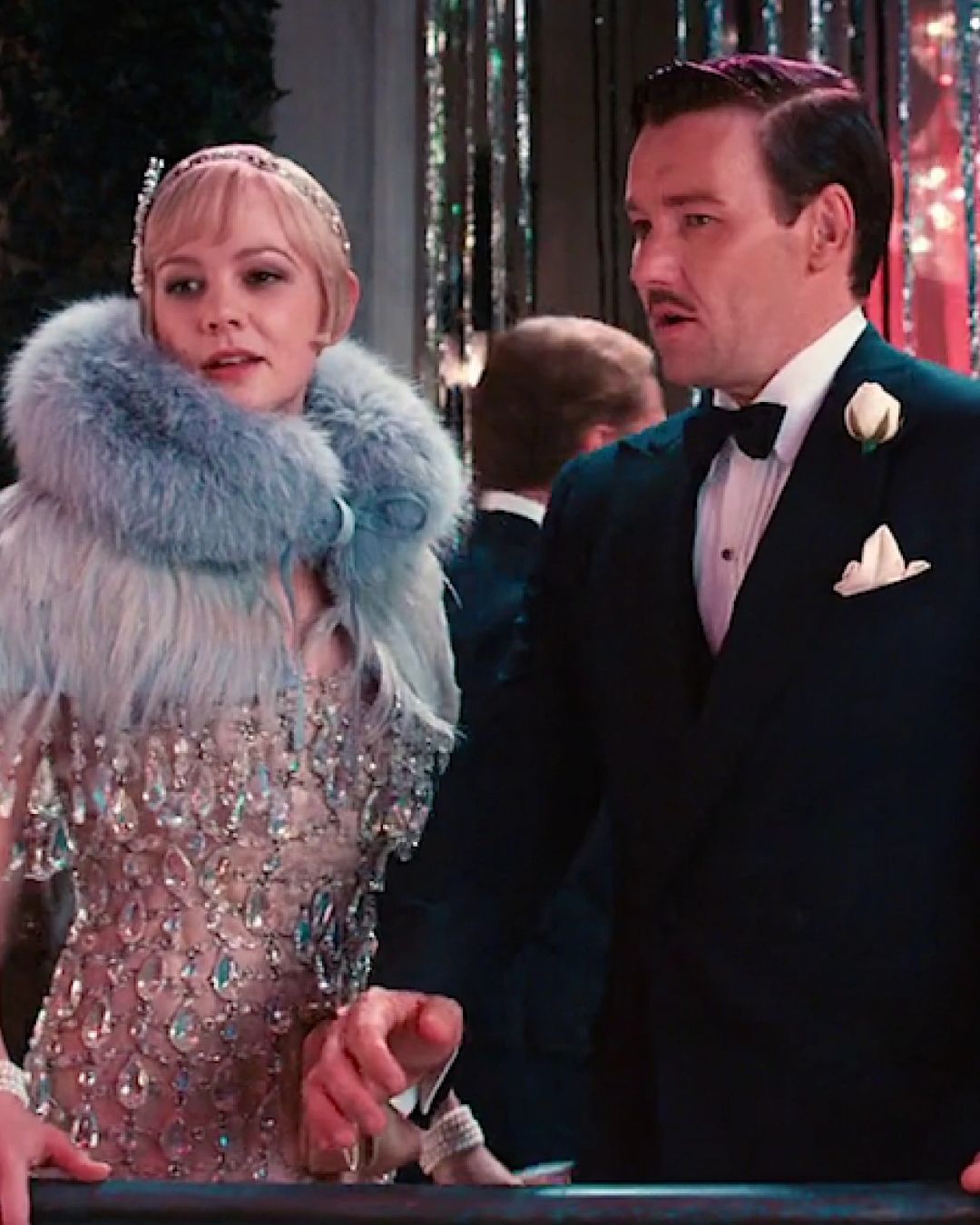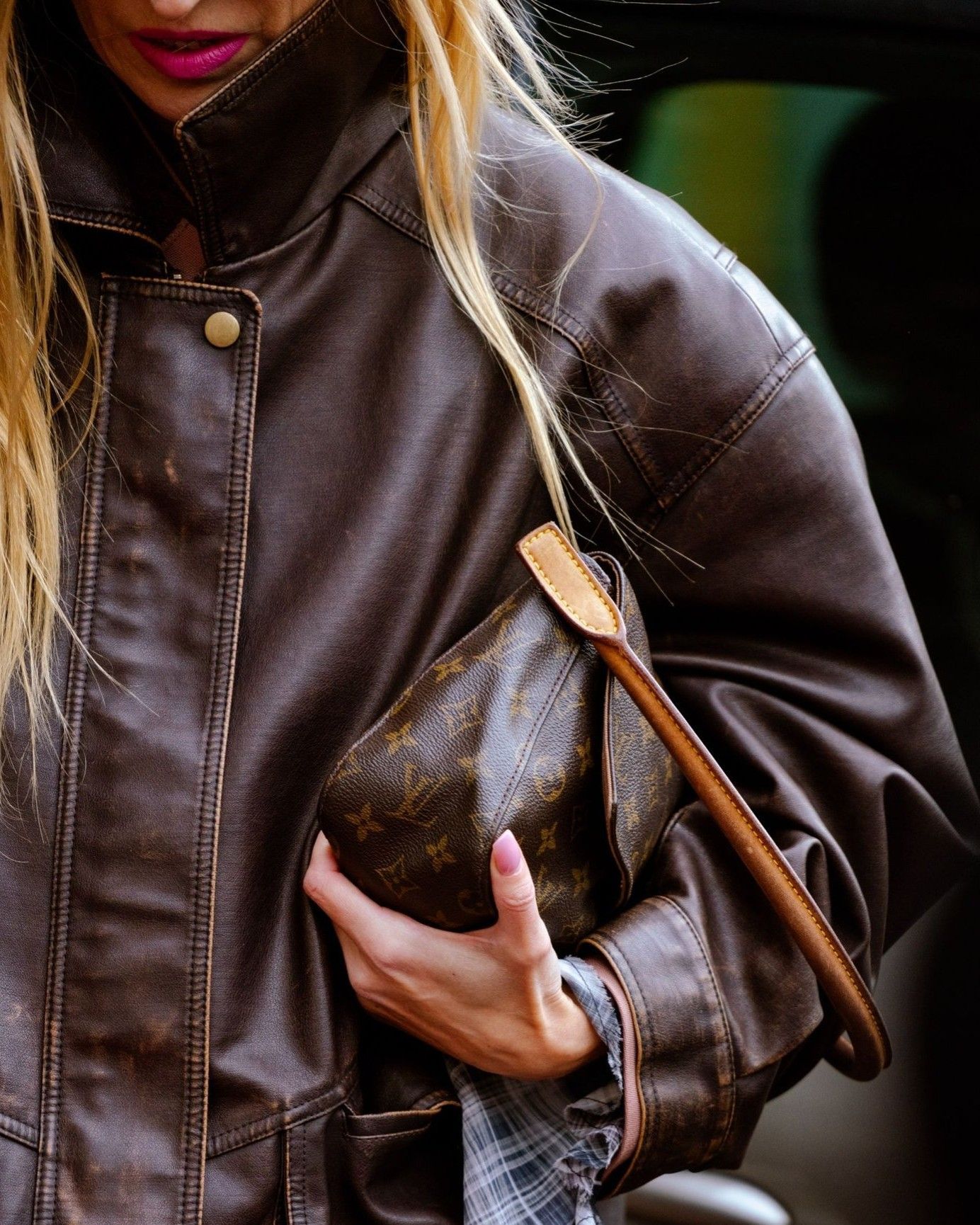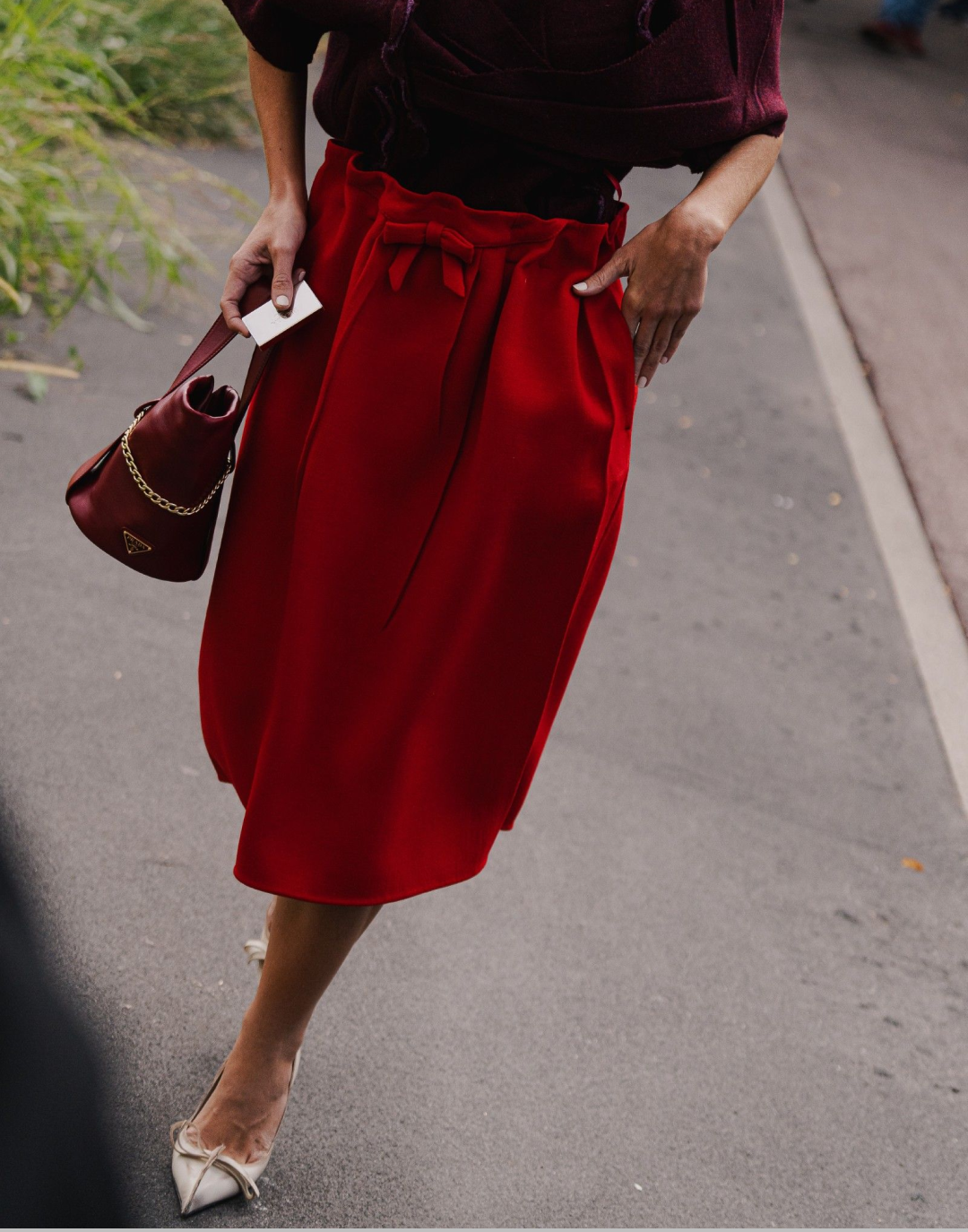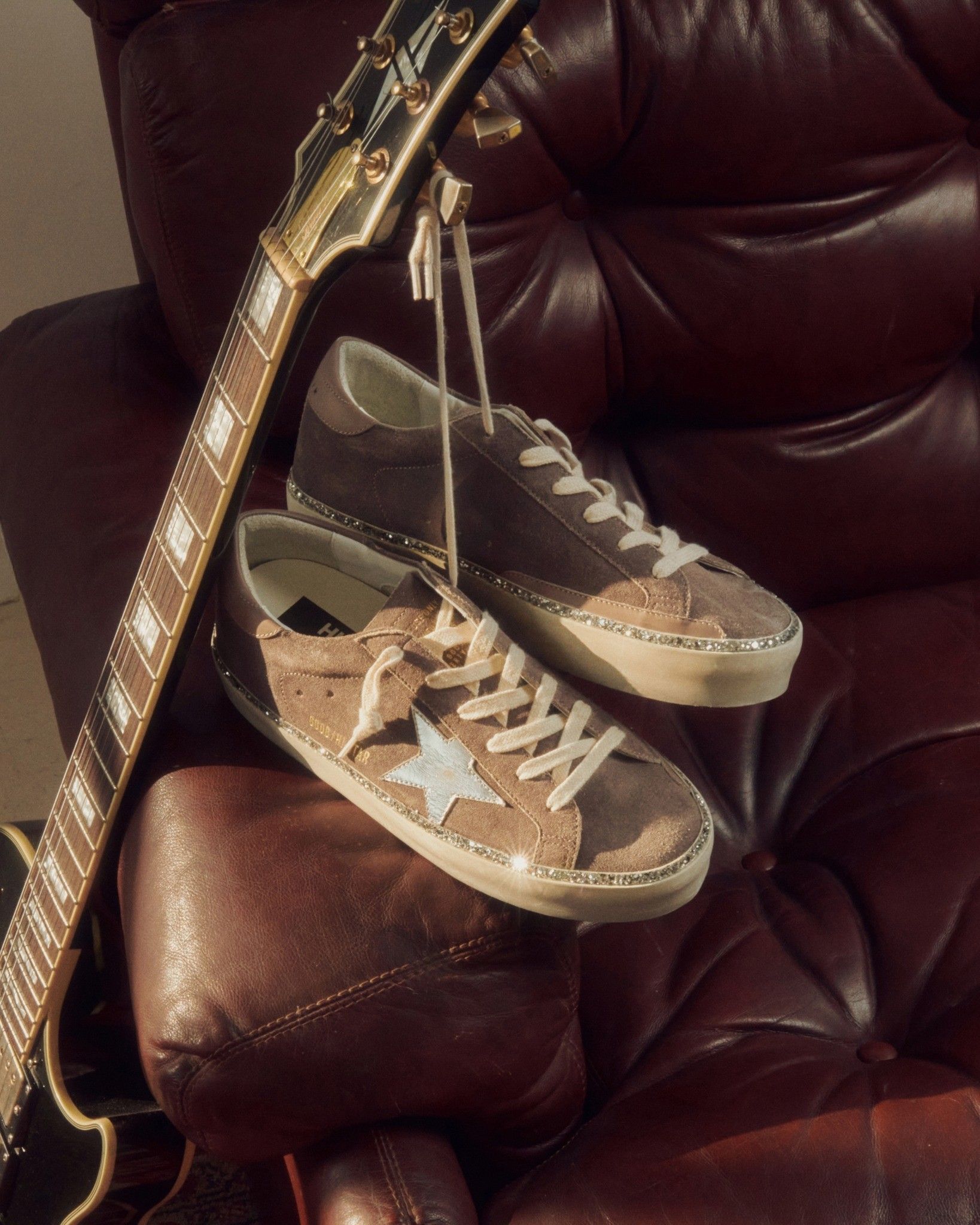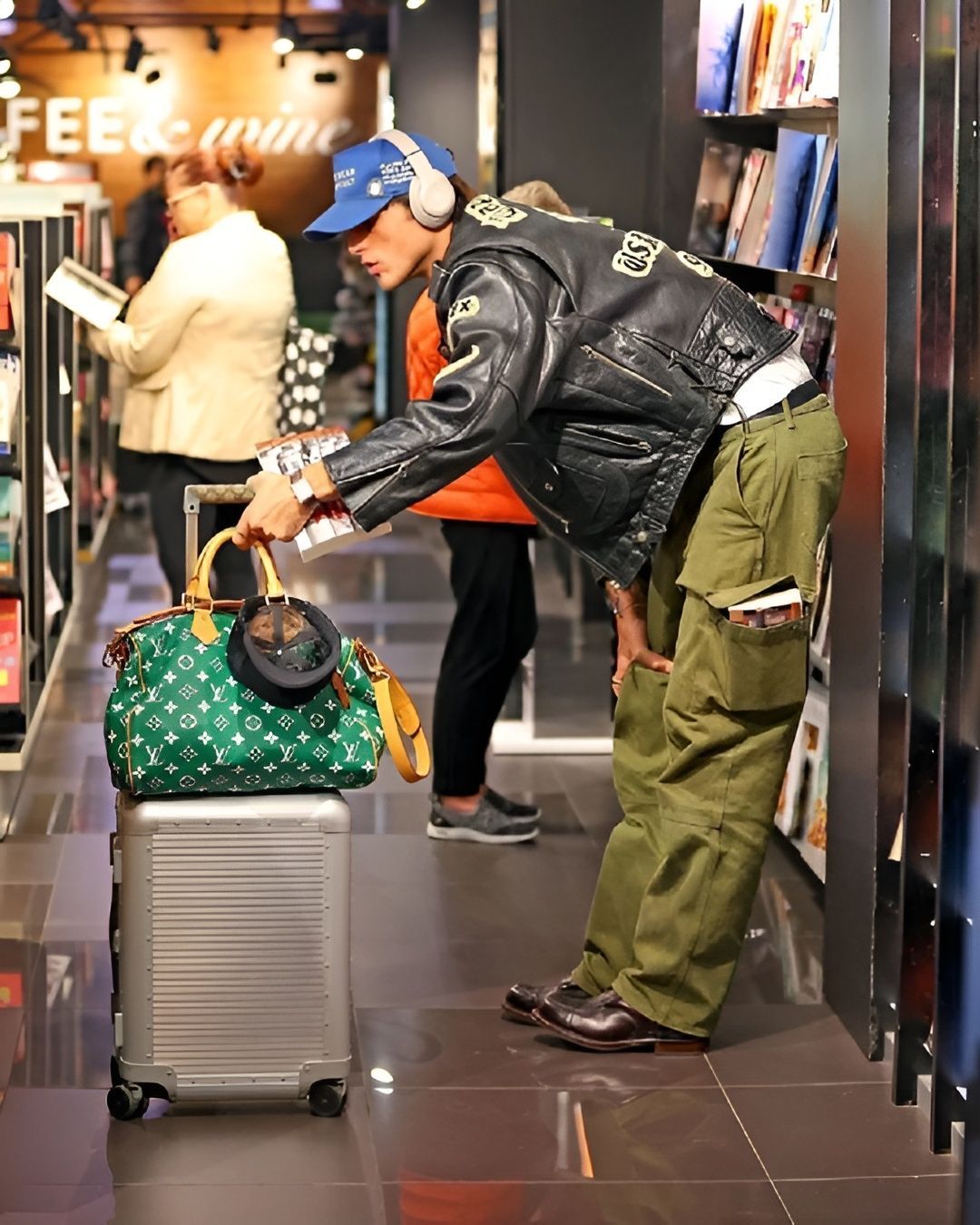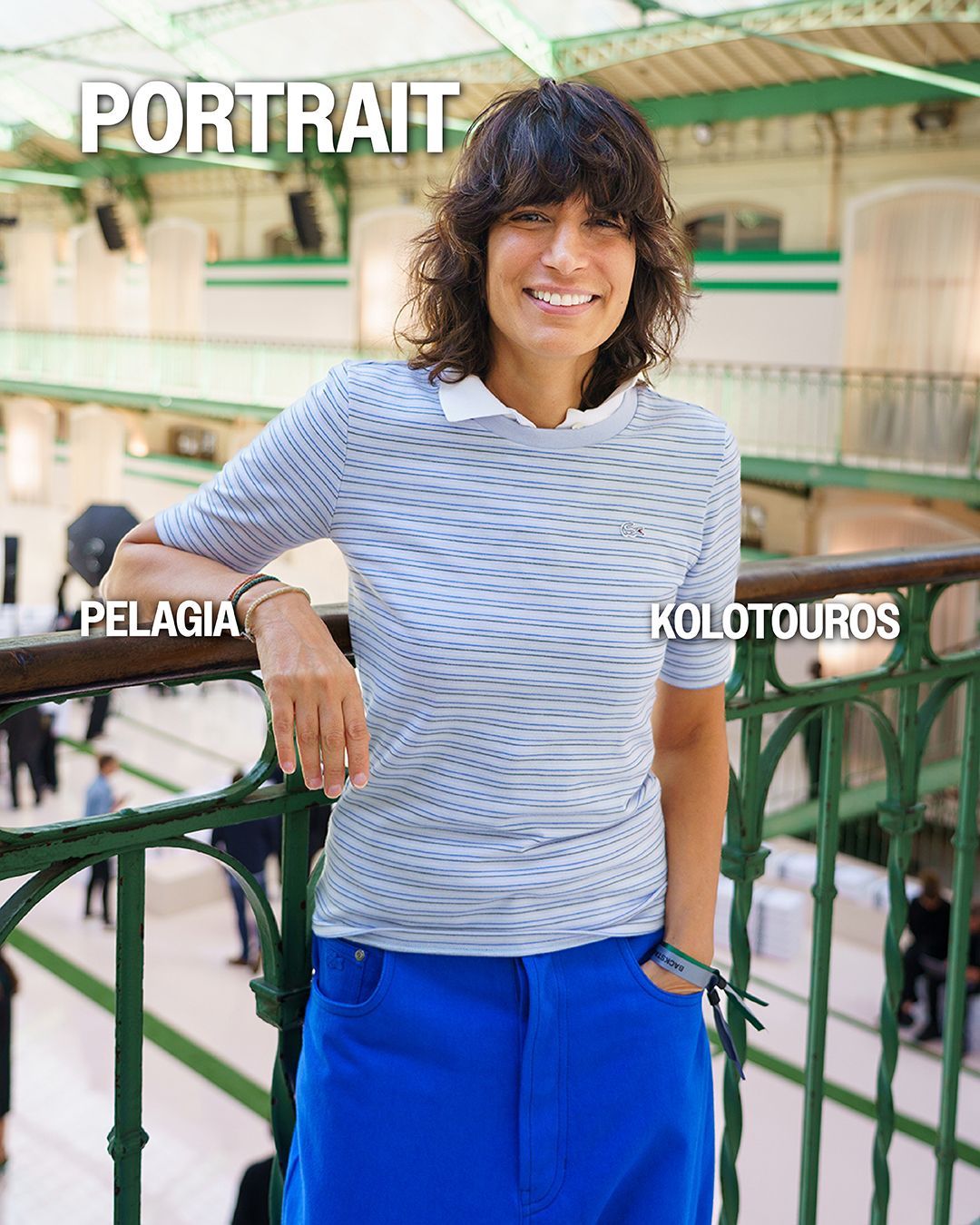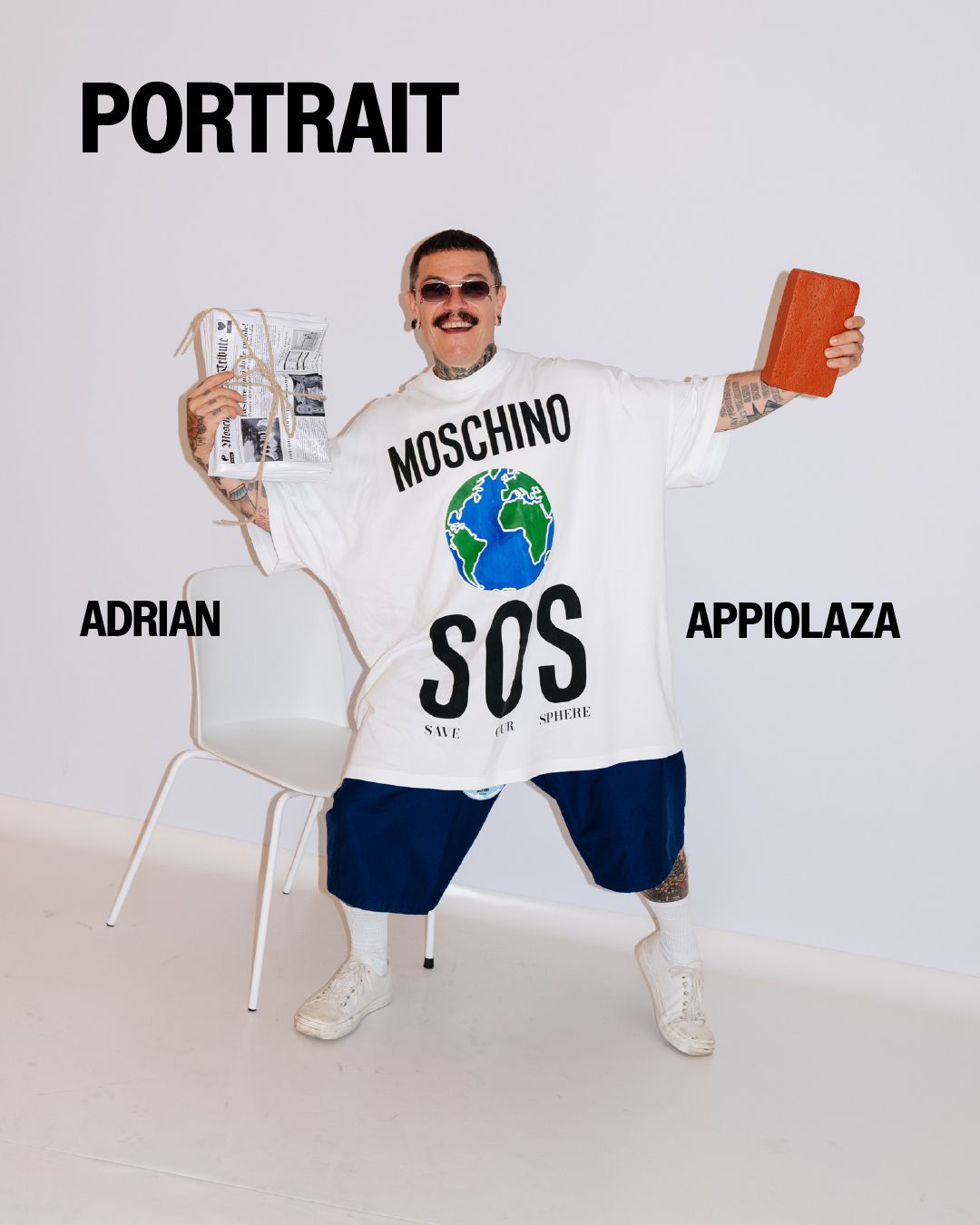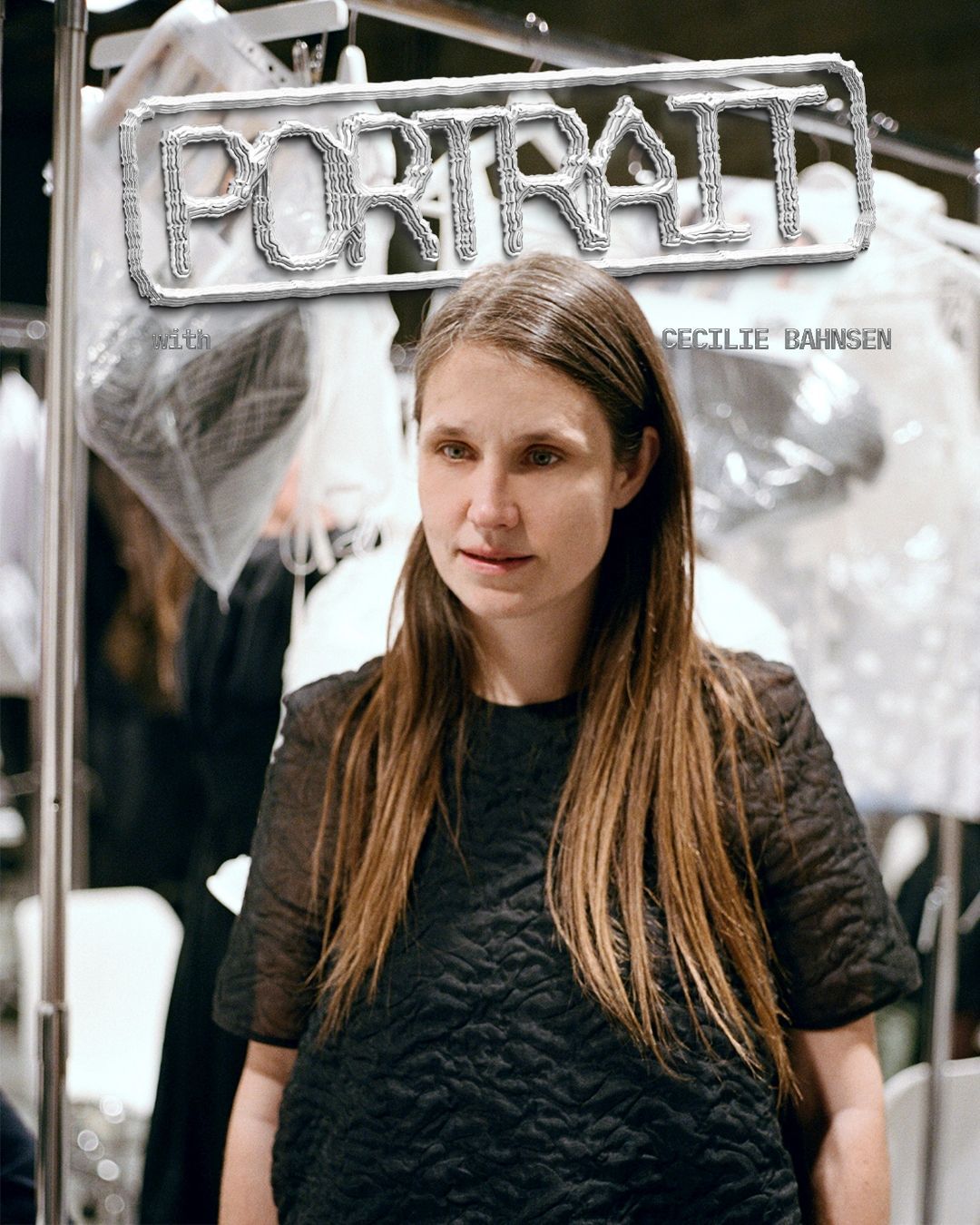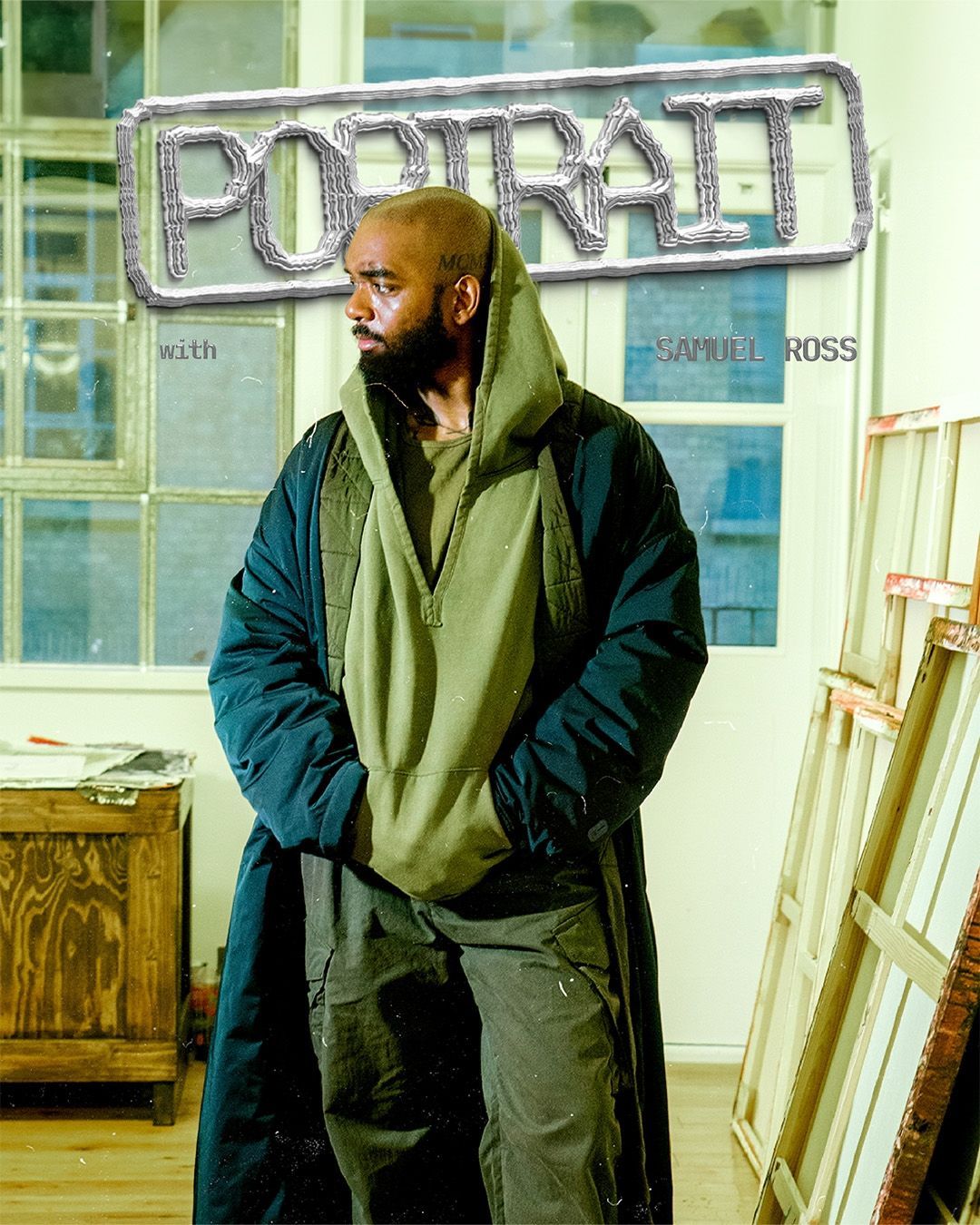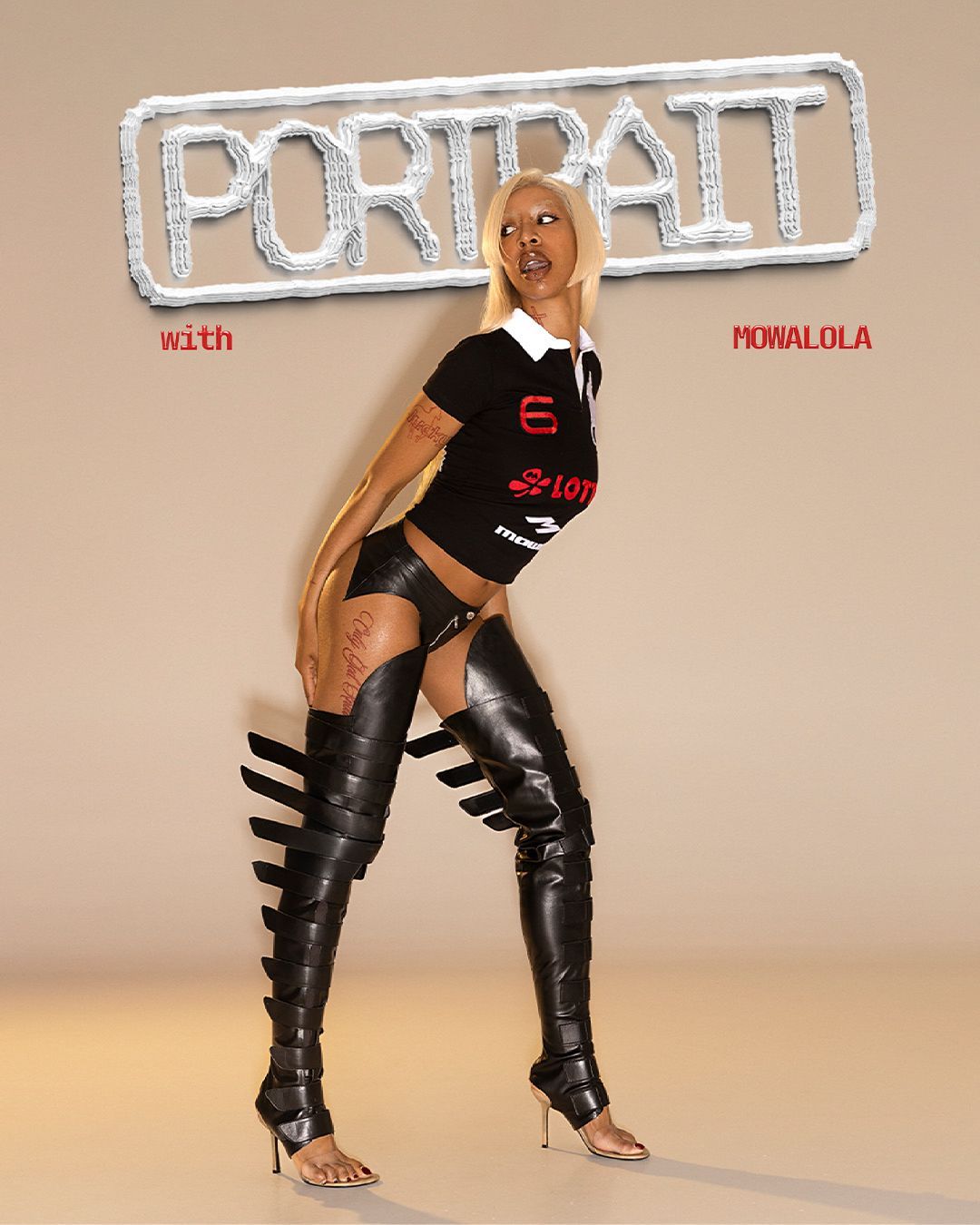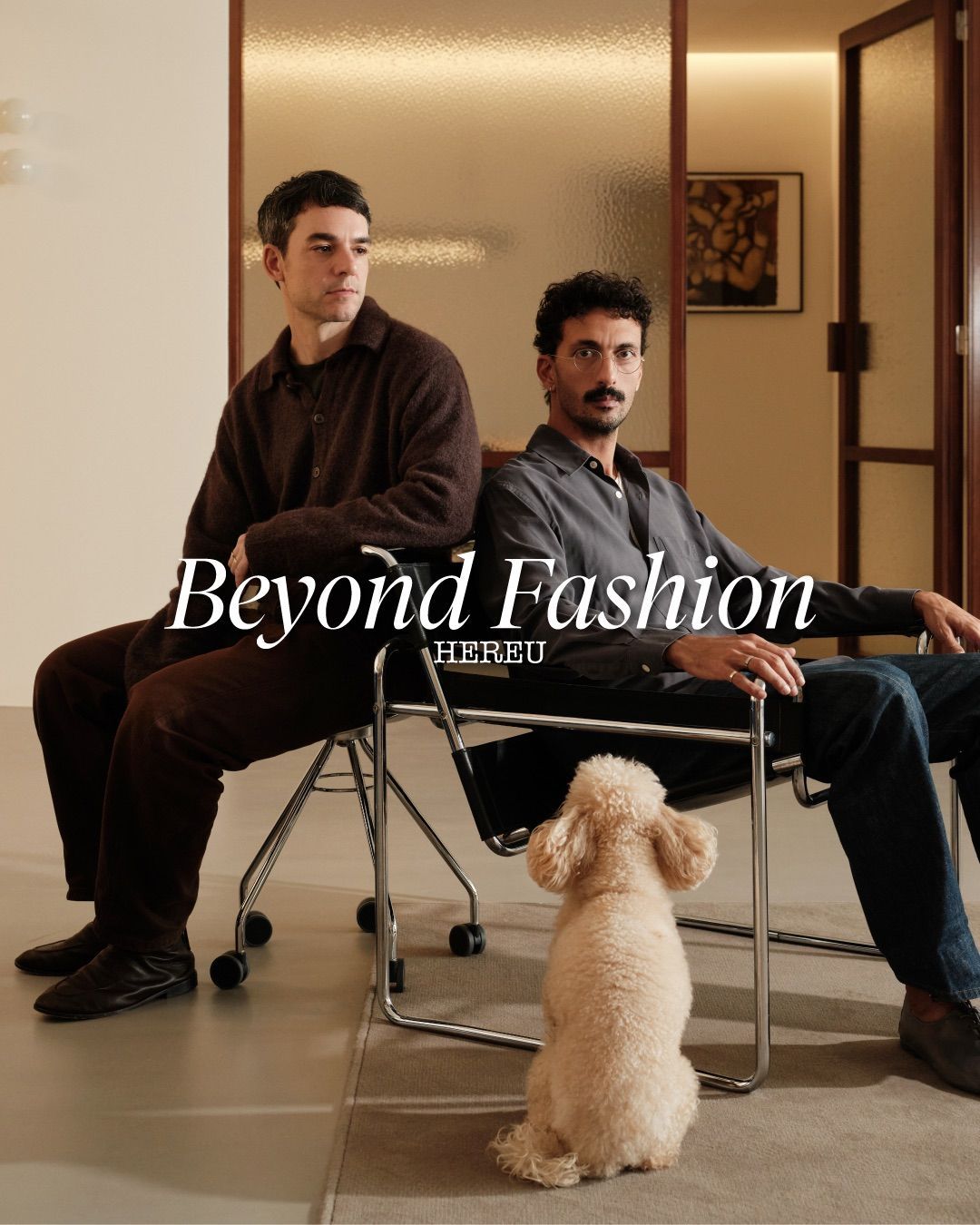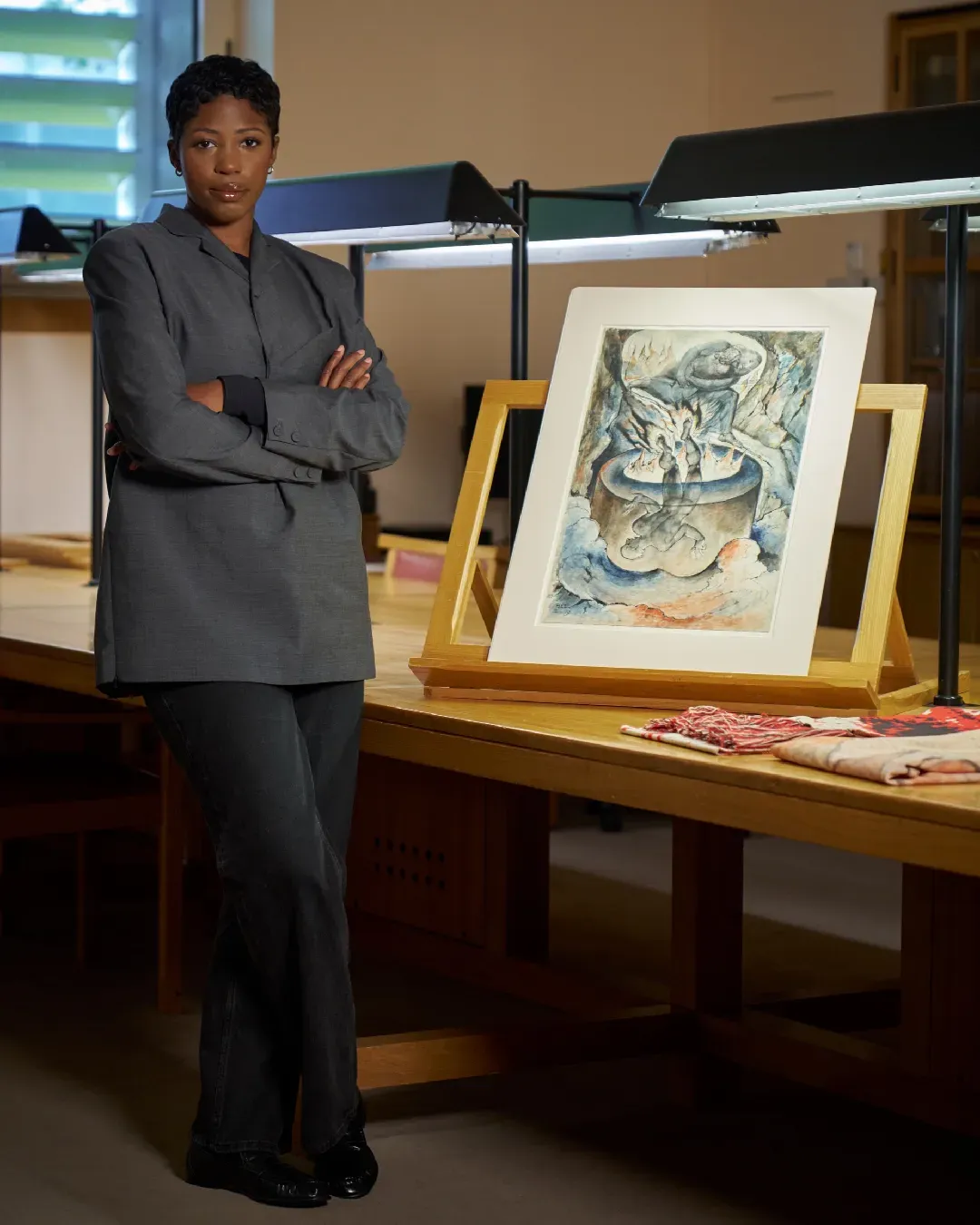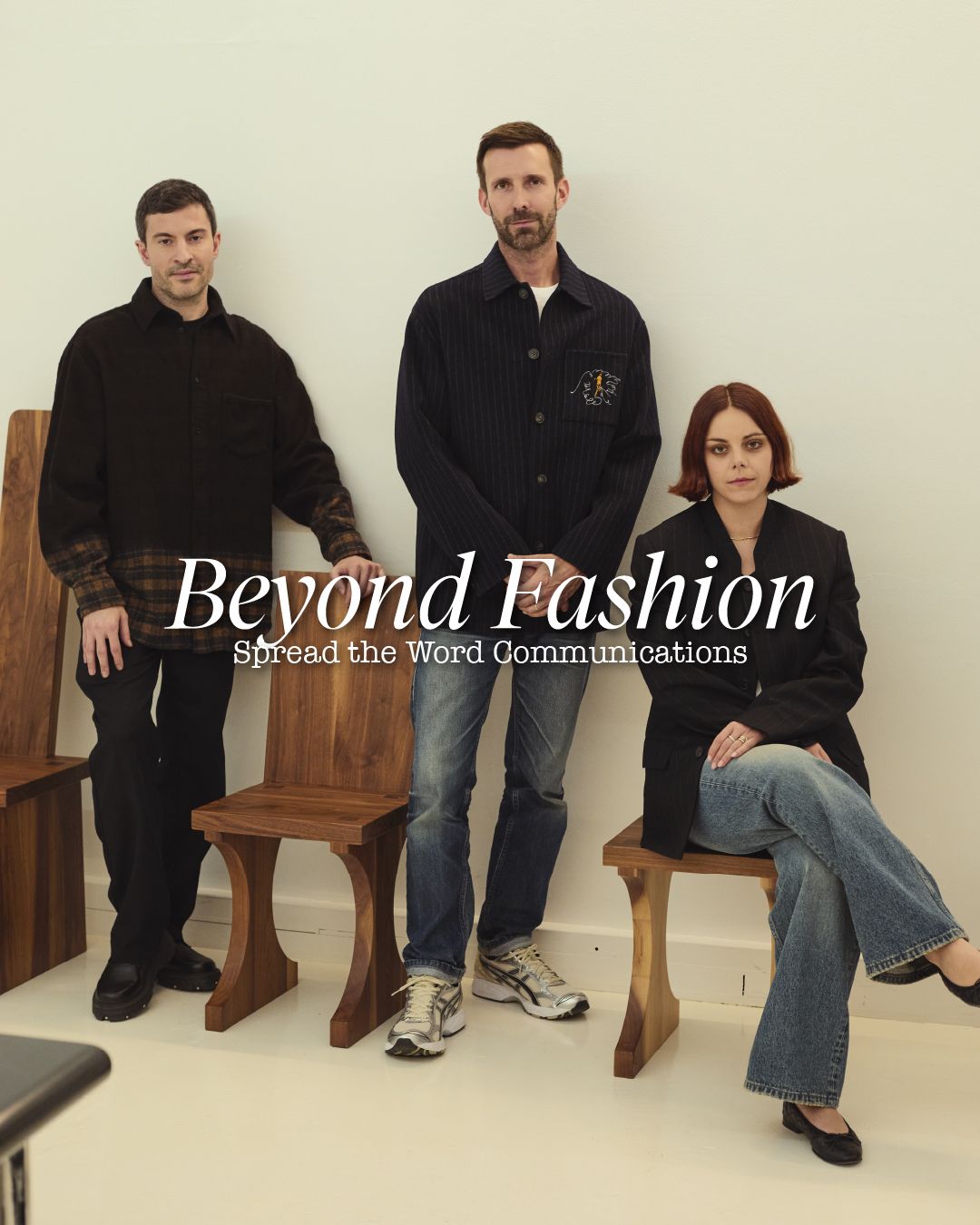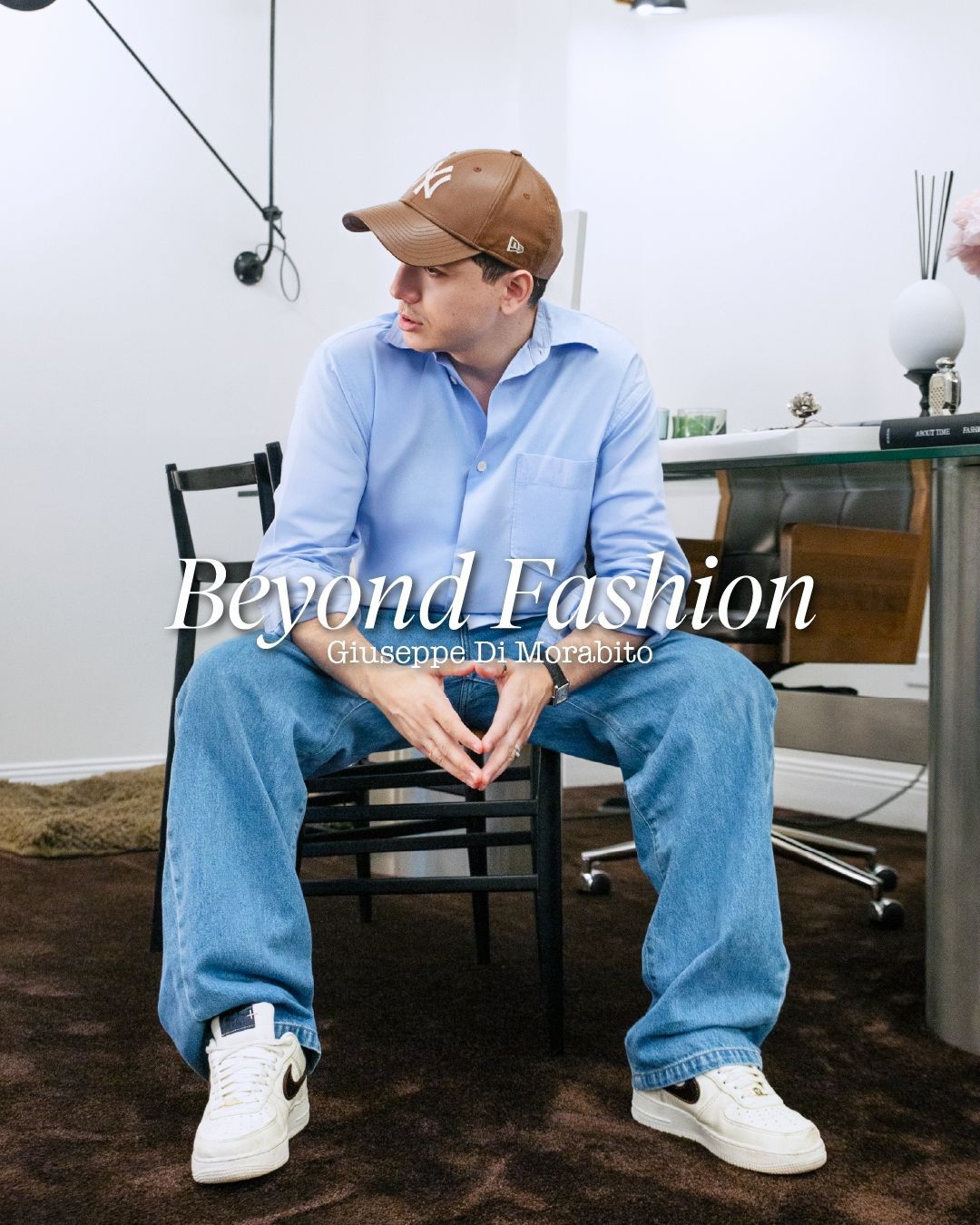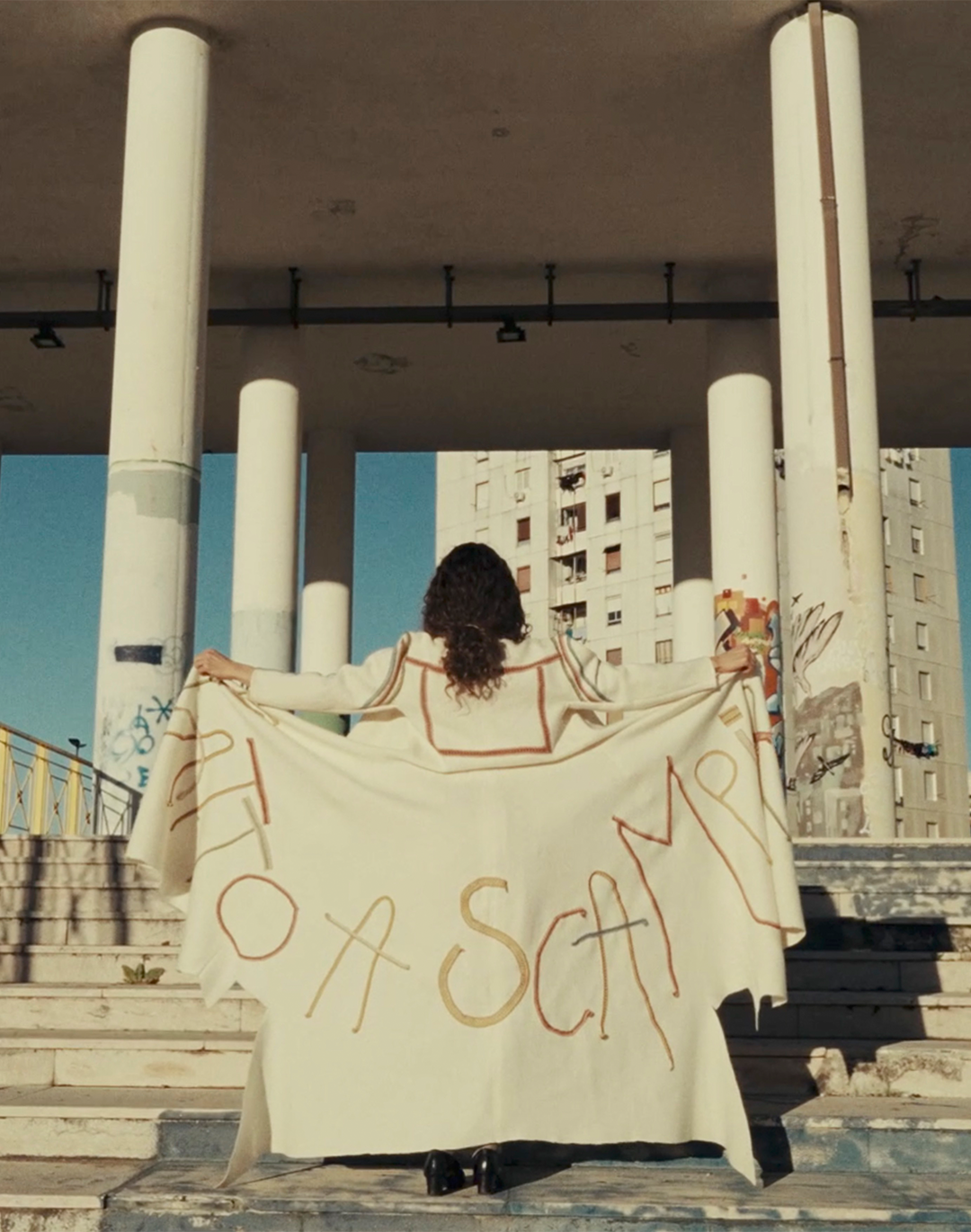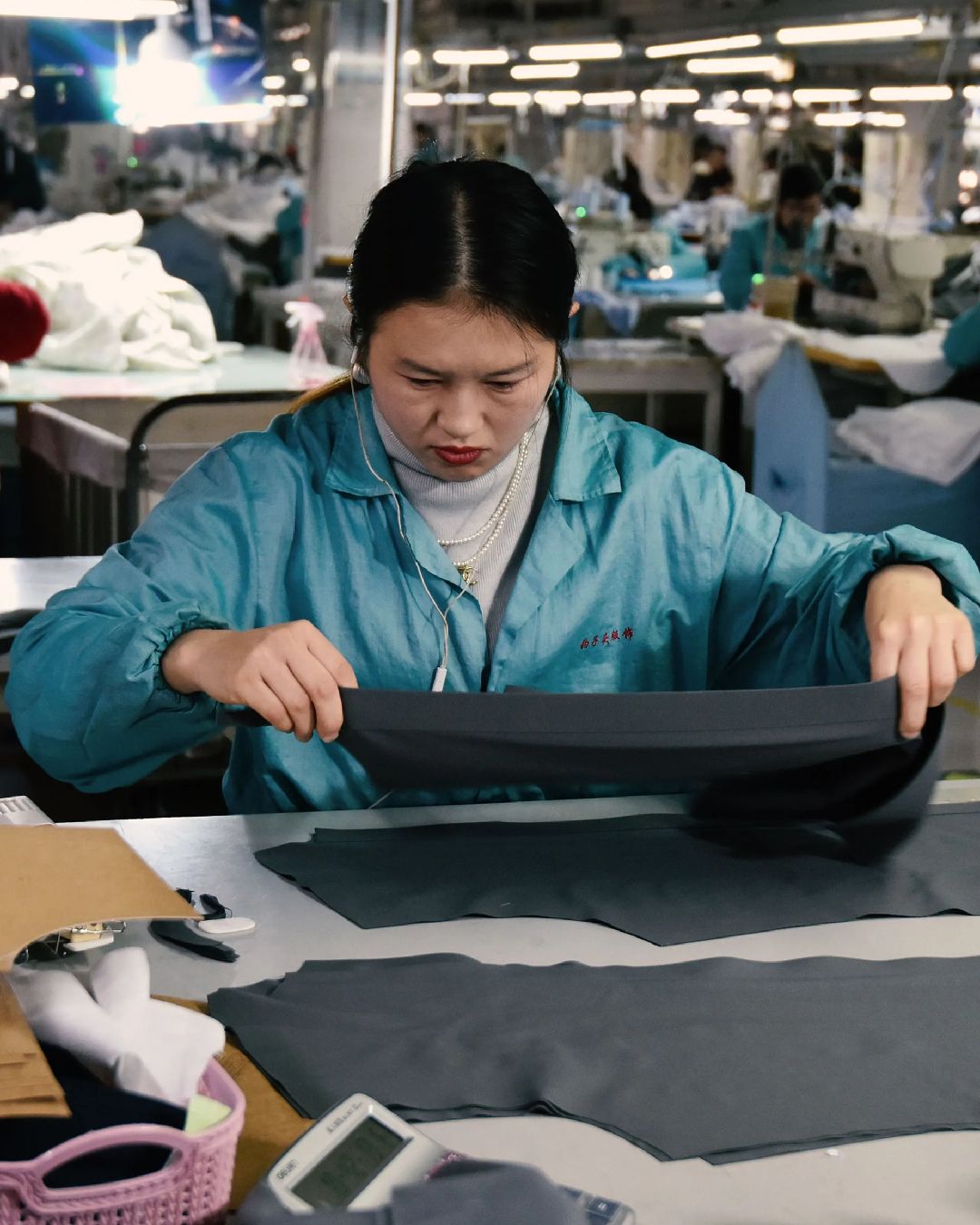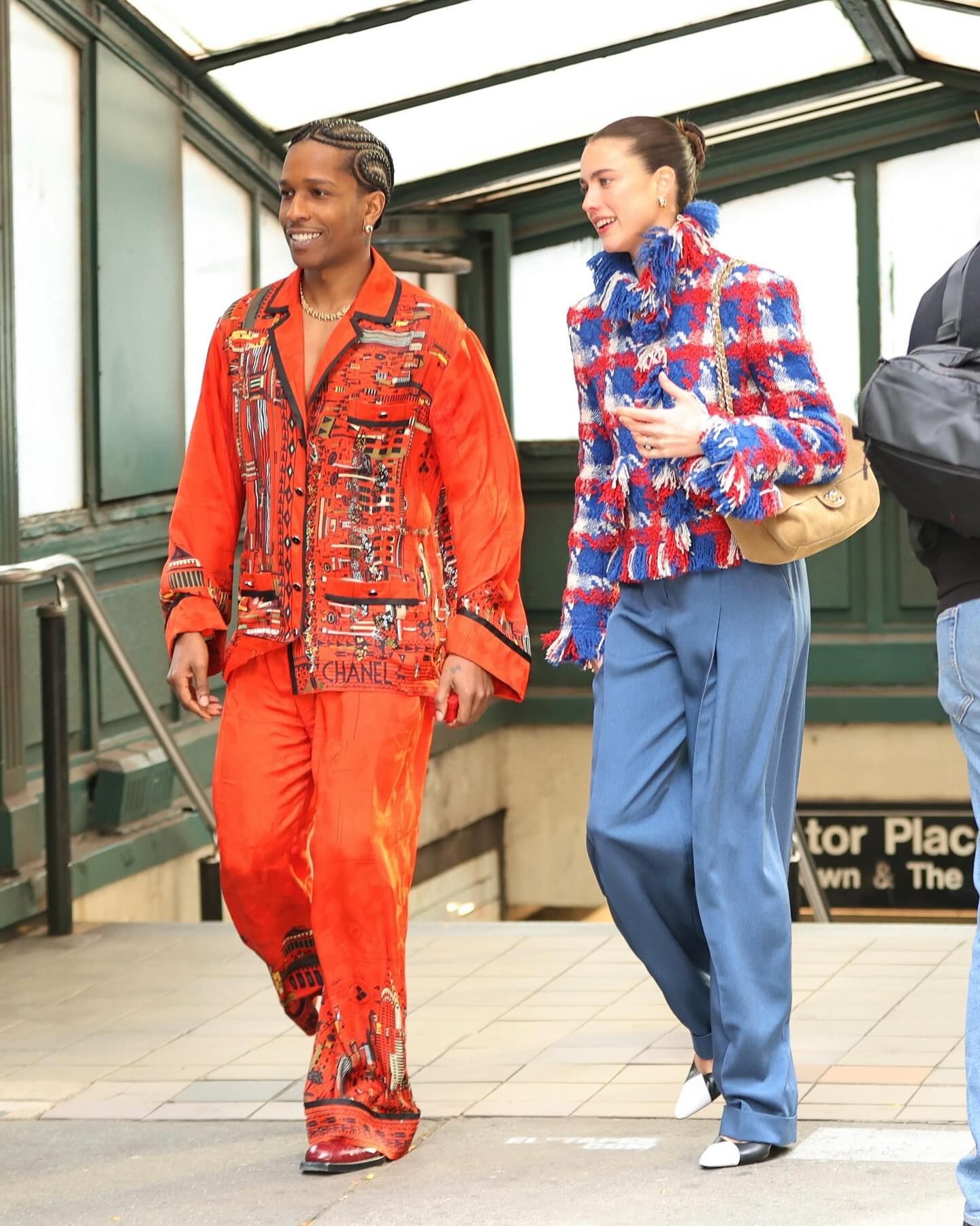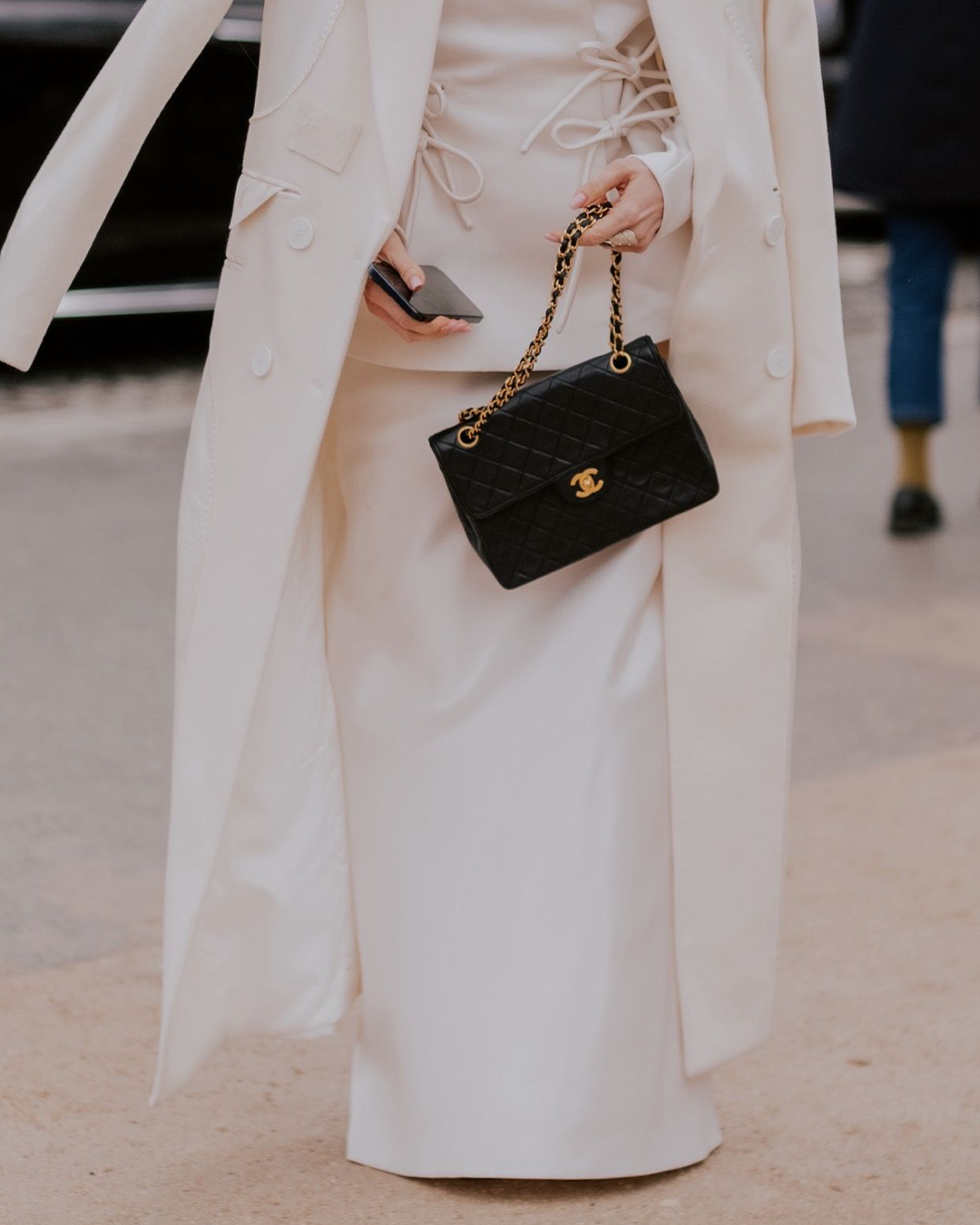
Chanel continues to invest in the Italian supply chain The French fashion house has acquired 20 percent of the Florentine company Leo France
If 2024 was characterized by the constant rotation of creative directors, making it almost impossible to keep track of all the changes in the artistic sphere of brands, 2025 is shaping up to be just as turbulent for designers. However, signs are emerging of a growing shift in focus towards M&A operations (merger and acquisition). Just consider that, since the beginning of the year, one of the main topics of discussion has been the possible acquisition of Versace by the Prada Group, an operation that, according to the Financial Times, seems increasingly imminent. Also in Italy, according to Il Sole 24 Ore, at the end of last year, Chanel reportedly acquired a 20% stake in Leo France, a major Florentine company and leader in the fashion jewelry sector, with which the French Maison has been collaborating for some time. This is a significant step for the Italian supply chain, which in the second half of 2023 saw an increasing number of closures among medium and small enterprises. This trend is also evident in the surge in requests for wage subsidies in 2024, which in the second quarter rose by 170% in Tuscany, one of the key hubs of Made in Italy.
According to Il Sole 24 Ore, Chanel's stake in Leo France could increase up to 80% by the end of the year. However, the French Maison quickly denied this hypothesis, clarifying that the operation falls within a targeted investment strategy, consistent with the long-standing collaborations established with its suppliers. Chanel emphasized that the partnership with Leo France stems from over thirty years of collaboration, built on mutual trust and shared values. It is precisely this strong relationship that naturally led to the acquisition of a minority stake, without implying broader control of the company. The Maison also reiterated that Leo France will continue to operate independently, maintaining relationships with all its clients and without undergoing management changes, categorically denying any plan to increase its stake to 80%.
dua lipa for chanel pic.twitter.com/VvOSjjvH2l
— ໊ (@addictionlipa) January 31, 2025
Yet, this is not the first time that Chanel has invested in the Italian supply chain. In fact, in the post-Covid period, the ultra-luxury giant significantly strengthened its presence within the national supply chain. Italy is the country where the Maison produces over half of its global output, thanks to strategic investments in companies ranging from footwear manufacturers Roveda and Nillab-Calzaturificio Ballin, to yarn producers Vimar 1991 and Cariaggi, from knitwear company Paima to tannery Samanta and leather goods manufacturers Renato Corti and Mabi, as well as the denim company Fashion Art, as reported by MF Fashion. The inclusion of Leo France in this ecosystem represents another key piece of this strategy. The company, which closed 2023 with a turnover of 216 million euros (+9%) and an EBITDA of 63.7 million (+5%), currently ranks fifth in the 2024 Italian supply chain ranking compiled by MF Fashion in collaboration with Teha Group.
Chanel's decision to continue investing in Made in Italy might appear to be a positive signal for the Italian supply chain, which has suffered an unprecedented crisis over the past two years. However, the growing presence of a French multinational in an industry that should be one of the pillars of the Italian economy raises concerns about the effectiveness of government efforts to support the sector, which remain insufficient. This issue was also highlighted by Carlo Capasa, President of Camera Moda, at the beginning of the year when commenting on the news of a 250 million euro allocation to revive Italy’s fashion industry. Capasa acknowledged the investment’s importance but pointed out that it was not a definitive solution, emphasizing that the real issue lies in how the funds will be distributed. He also highlighted that the current structure of the R&D tax credit places a heavy burden on fashion companies, advocating for an alternative solution, such as the debt relief measure proposed by Camera Moda. Without a structured and decisive plan from the government, the risk is that Italy’s luxury sector will gradually lose its strategic control, with international maisons no longer simply commissioning production but becoming direct owners of a significant portion of it.


